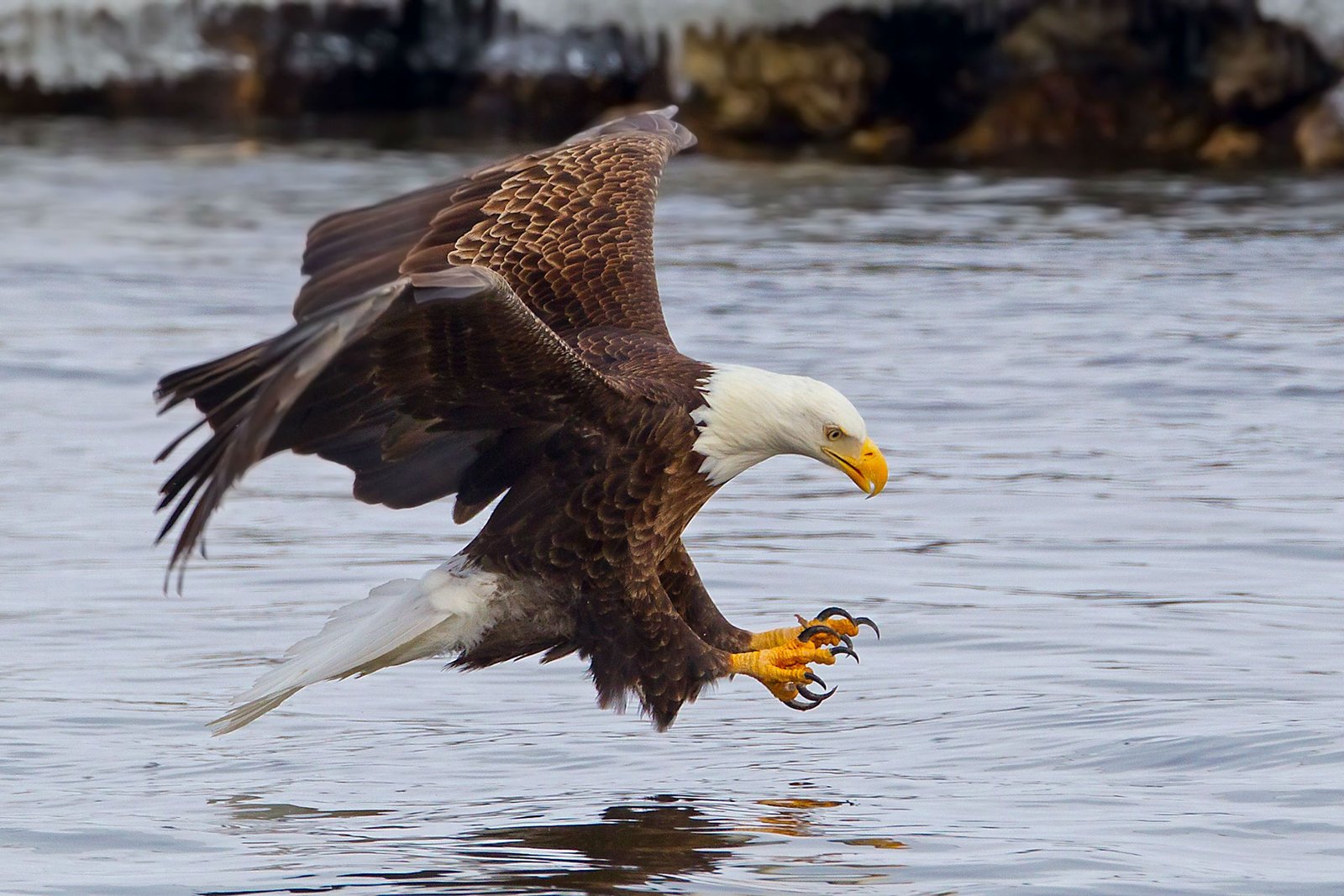The Scarlet macaw (Ara macao) is a large Central and South American parrot, a member of a large group of Neotropical parrots called macaws. It is native to humid evergreen forests of the Neotropics. In some areas, it has suffered local extinction, but in other areas, it remains fairly common. Like its relative the Blue-and-yellow macaw, the Scarlet macaw is a popular bird in aviculture as a result of its striking plumage.
Appearance
The very colorful scarlet macaw is a large parrot. The plumage is predominantly scarlet, with light blue feathers on tail covert feathers and rump. The longer upper wing coverts are colored yellow, the upper sides of flight feathers on the wings are a dark blue, and so are the ends of their tail feathers. The undersides of the tail flight feathers and wings are dark red with the iridescence of metallic gold. These macaws have bare white skin surrounding their eyes and as far as the beak. Their upper beak is mostly pale, while the lower is black. Males and females look the same, and the only difference between young birds and adults is that the former have dark eyes while the latter have light yellow eyes.
Distribution
Geography
- Continents : North America
- Subcontinents : Central America
- Countries : Belize, Bolivia, Brazil, Colombia
- Biogeographical realms : Nearctic, Neotropical
- WWF Biomes : Tropical dry forest
Scarlet macaws are native to the humid evergreen forests of the American tropics in Central and South America, including Mexico in the east, Guatemala, Belize, Colombia, Ecuador, Brazil, and Amazonian Peru.


Habits and Lifestyle
Scarlet macaws are diurnal birds that gather in flocks at night. In the morning they will often fly a long distance to find food, flying in small groups or pairs, often calling to each other in hoarse raucous voices. They make nests in tree hollows. If in their nest and danger presents itself, they will cautiously examine the scene until the danger has gone. If their nest is directly threatened, the birds quietly escape to a place of safety.
Population
Population threats
The species is declining due to habitat loss, being hunted for feathers and food, and capture for sale as pets. Their habitat is threatened by forest destruction. Poachers will cut down a tree with a macaw nest to get to the young, which limits the number of nesting places and thus the number of chicks raised. Nine out of the sixteen macaw species, including scarlet macaws are listed in Appendix I of CITES and classified as LC, i.e. least concern on IUCN’s Red List.
Population number
According to the IUCN Red List, the total Scarlet macaw population size is around 20,000-50,000 individuals. Currently, this species is classified as Least Concern (LC) on the IUCN Red List but its numbers today are decreasing.











